春は花の季節。自然を愛し、自然と親しみ、自然と一体化して暮らしてきた日本人は、桜が大好きです。今回は桜を描き込んだ歌麿、英泉、豊国、広重、芳年、年方、巴水、吉田博らの名所絵、美人絵、役者絵などを展示いたします。上野や隅田川沿いの桜、吉原仲之町の桜、歌舞伎と関わりのある桜、伝統的な技術に洋画表現を融合させた吉田の新版画「櫻八題」など、心行くまで博物館のお花見をご堪能下さい。
Spring is the season of flowers. Japanese people, who love nature, are close to nature, and have lived in harmony with nature, love “sakura” (cherry blossoms). The current exhibit is of works that contain sakura, by such artists as Utamaro, Eisen, Toyokuni, Hiroshige, Yoshitoshi, Toshikata, Hasui, and Yoshida in landscapes, bijinga,yakusha-e, and more. Please enjoy cherry blossom viewing at the museum with the cherry blossoms of Ueno and along the Sumida River, cherry blossoms of Yoshiwaranakanomachi, cherry blossoms related to kabuki, and Yoshida’s shinhanga, “Eight Scenes of Cherry Blossoms”, which fuses Western expressionist painting with traditional techniques.
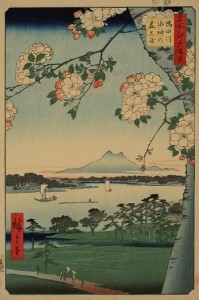
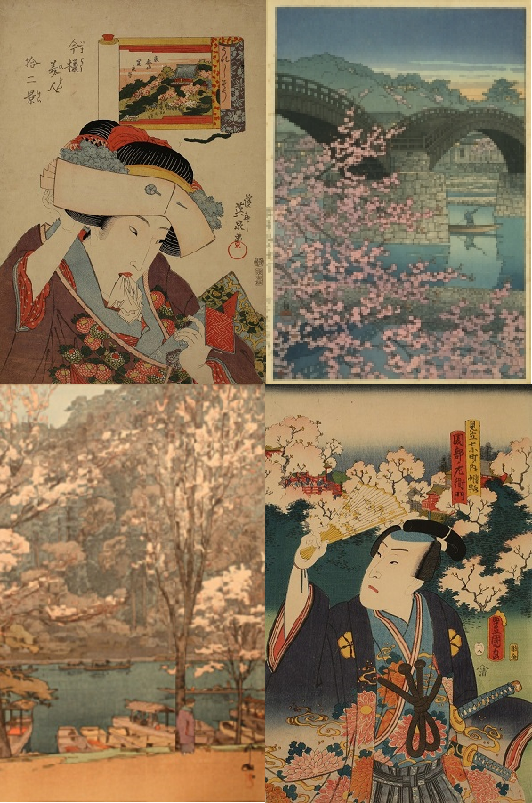
日本の歌舞・音曲は、古代の神楽が原点ですが、まだ太鼓や笛だけのお囃子でした。
室町期の世阿弥(1363?-1443?)の出現により、演劇の本質が加わり、
永禄期(1550s)に三味線が入ってきて、浄瑠璃、歌舞伎へと飛躍的な発展を遂げました。
Although ancient kagura (sacred music and dance) was the starting point for ongyoku (Japanese song and dance accompanied by shamisen music), it was still only accompanied by drum and flute. Later, with the appearance of Zeami (1363? – 1443?), of the Muromachi Period, the essence of theatre was added. In the Eiroku Period (1550s), the shamisen joined the mix, and the dramatic development of joururi (Japanese ballad drama) and kabuki was thus achieved
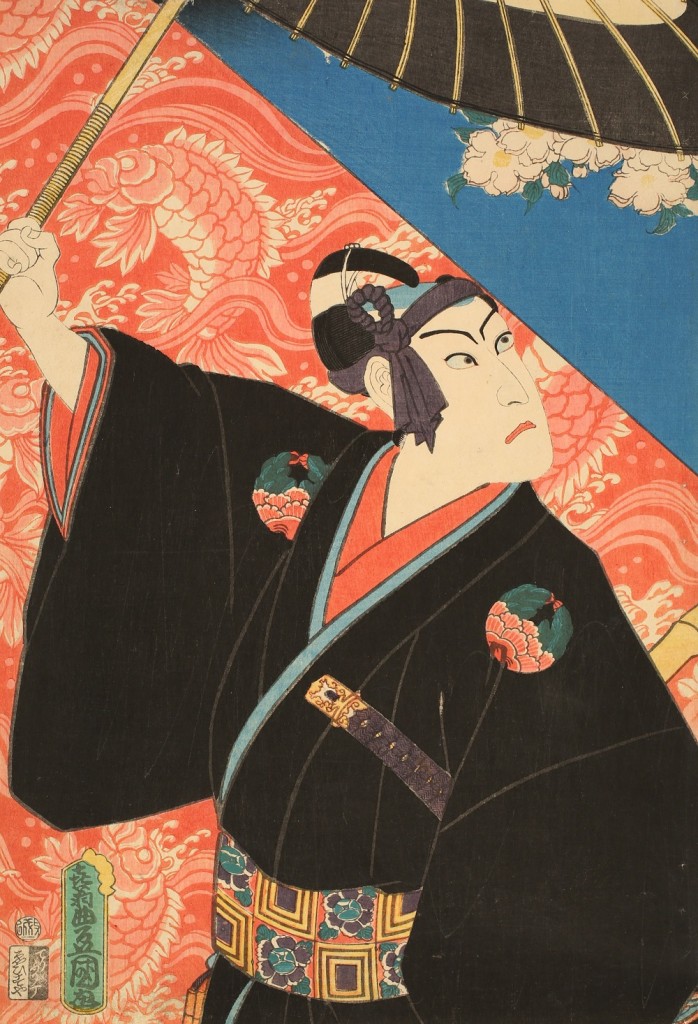
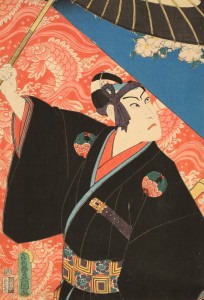
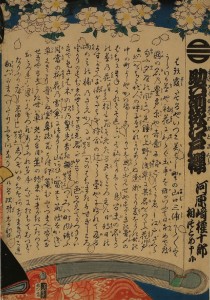
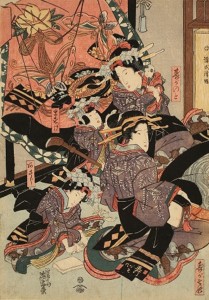
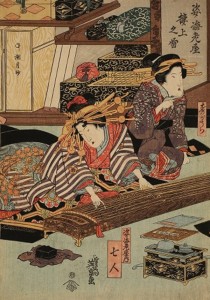
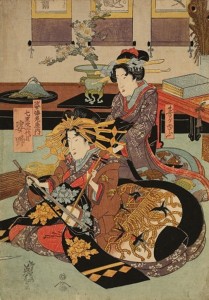
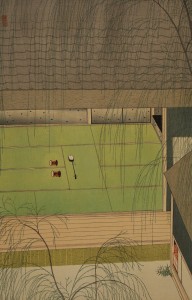
美人画は、浮世絵の題材として最も古くから描かれ、その時代における理想の女性像を描いたものでした。中でも江戸中期の美人画の天才、喜多川歌麿は女性の特徴や境遇までとらえていました。そして、幕末から近代にかけて新版画運動が始まると同時にモダンで活き活きとした美人画が生まれ、伝統の技と美を継承しています。
Bijin-ga (portraiture of beautiful women) is the oldest subject of ukiyo-e, which portrayed the ideal female image according to the time period.Among this artwork, in the middle of the Edo Period, a genius of bijin-ga, Kitagawa Utamaro, captured the characteristics and circumstances of women. Also, from the end of the Edo Period until modern times, at the same time that the shin-hanga (new type of woodblock print) movement was starting, a new modern and lively bijin-ga was born, inheriting traditional skill and beauty.
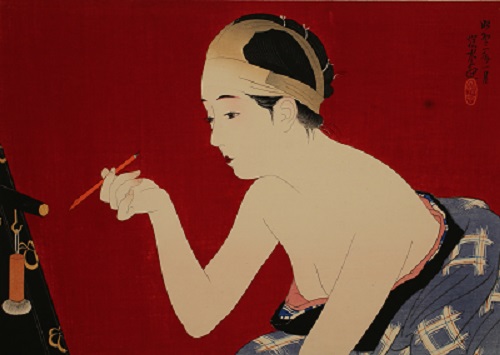
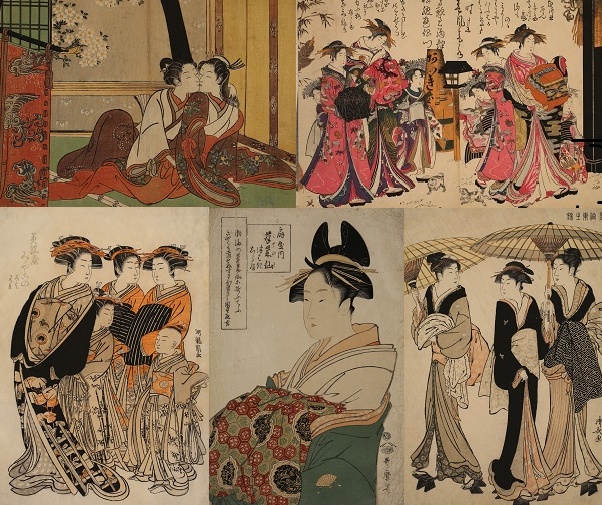
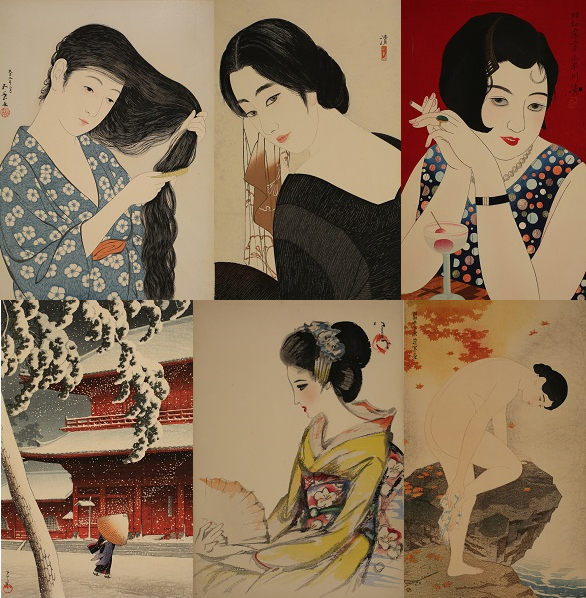
今夏、日本浮世絵博物館では、森羅万象を描き、生涯に三万点を超える作品を発表し、世界の名だたる芸術家に影響を与えた葛飾北斎の展覧会を開催します。
北斎はその生涯で画号を変える事およそ30回、住まいを移す事93回と伝えられます。
そして、70歳を超えてからますます絵師としての本領を発揮したにもかかわらず、80歳で弟子に自身の技量の拙さを嘆いたそうです。
当時にしては珍しく90歳もの長命を保ち、大往生を遂げる時の言葉は 「天が後10年、せめて5年の命を下されたなら、私は真正の画工となれるであろう」 だったといわれ、さらなる高みを目指した姿が窺えます。まさに、描くことに人生を賭けた奇才、北斎の画業をたどります。
※期間限定展示について 百物語(全5点)は8月のみの展示となります。富嶽三十六景は1か月ごとに展示替えを行います。富嶽三十六景の内「山下白雨(黒富士)」は7月「神奈川沖浪裏(大浪)」は8月「凱風快晴(赤富士)」は9月の限定展示です。
This time, we present Katsushika Hokusai, drawing all things in nature. He published over 30,000 works in his lifetime, and has influenced renowned artists around the world.
During his career, Hokusai changed his names about 30 times and reportedly moved house 93 times.
Also, he really came into his own as a painter more and more after reaching the age of 70. It seems that at the age of 80 he lamented his poor ability to his pupils.
At the time it was rare to live to the age of 90, and dying a peaceful death, it is said that his last words were, “If only Heaven will give me just another ten years… Just another five more years, then I could become a real painter.” This implies that he was yet aiming for further heights.
He was simply a genius that gave his life to art. We will follow Hokusai’s artwork in this exhibit.
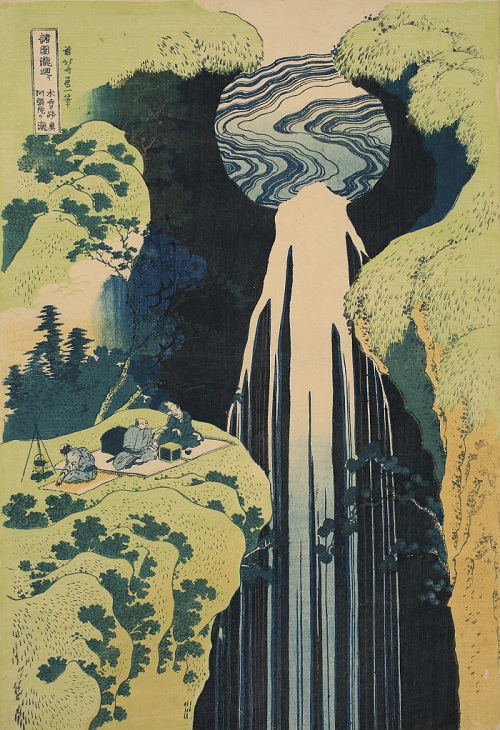
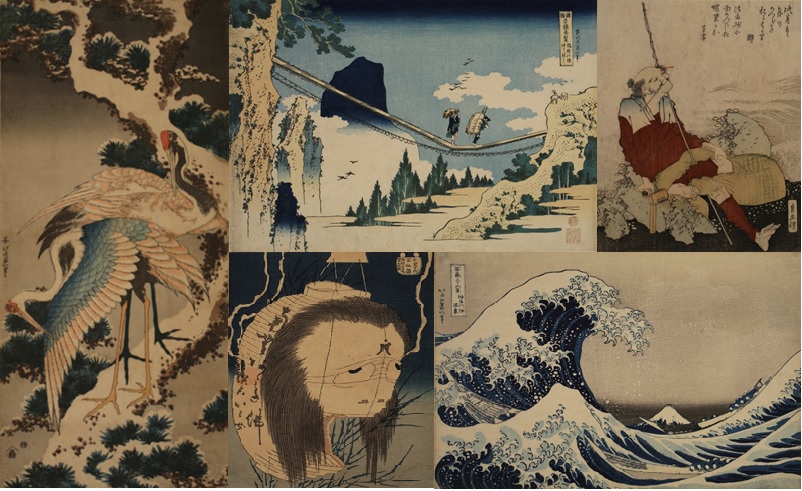
今年、当館では浮世絵の最大画派、歌川派をご紹介しています。歌川派は、豊春にはじまり、初代豊国によって確立されました。文化(1804~1817)以後の豊国は、美人画よりも役者絵を多く描き、「似顔絵師」と呼ばれたほどです。
豊国の門弟のうちでは、国政、国貞、国芳が名手で、国政は大首絵では、師豊国をしのぐと言われました。豊国の弟子で優れた才能を持ち、最も大きな名声を得た国貞は、天保十五年、豊国を継いで二代豊国を名乗りましたが、正式な後継者でなかった為、「五渡亭」と称し、後に豊国三代と呼ばれ、役者絵や江戸の名所を描きました。
今回は、国貞の描く江戸の花見尽くしや江戸の橋尽くしの他、役者の楽屋における生活や名所めぐり、吉原の遊郭などを「江戸じまん」として、まとめて展示します。
The Utagawa School, starting with Toyoharu, was established by Toyokuni Ⅰ. Following the Bunka Era (1804 – 1817), there were more pictures of actors than there were of beauties, and these people were referred to as portrait artists. Of the pupils of this school, the masters were Kunimasa, Kunisada, and Kuniyoshi. It is said that Kunimasa surpassed his master, ToyokuniⅠ, in close-up portraits of beautiful women.
To keep Toyokuni alive, Kunisada, who didn’t have the name “Toyokuni”, being called “Gototei”, was later given the name “Toyokuni III”. He drew pictures of actors and Edo attractions.
This time, we exhibit a collection of “The Proud Edo”. There are all sorts of pictures of flower-viewing in Edo, places with various Edo bridges, life in the backstages of actors, sight-seeing, and things like the red-light district of Yoshiwara.
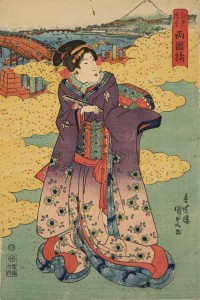
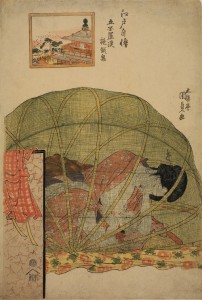
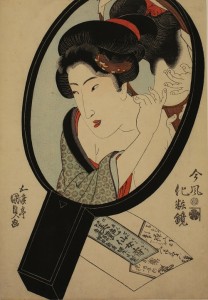
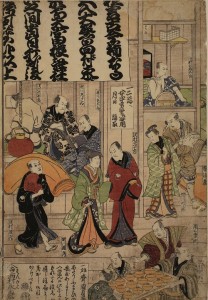
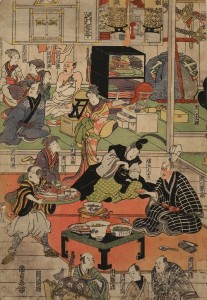
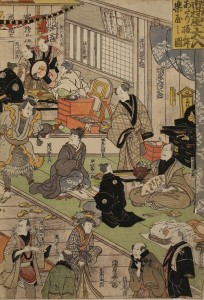
常設展「五つの版元による東海道五十三次」
常設展では引き続き、「五つの版元による東海道五十三次」をご紹介します。天保五年に保永堂から出版されるや否や評判を呼び、以降題字の書体から隷書東海道「江崎版」隷書東海道「丸清版」と呼ばれる秀作と、中板の「佐野喜版」「蔦屋版」が相次いで出版されました。今回は、五つの版元による金谷、日坂、掛川の三驛に加え、縦版の東海道や美人東海道、北斎の東海道もご紹介いたします。
Visit us at online casino österreich
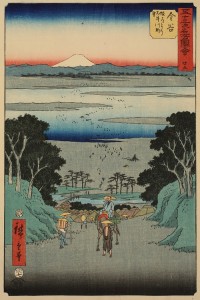
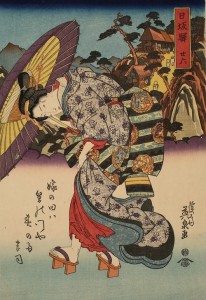
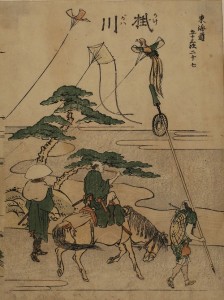
.



























